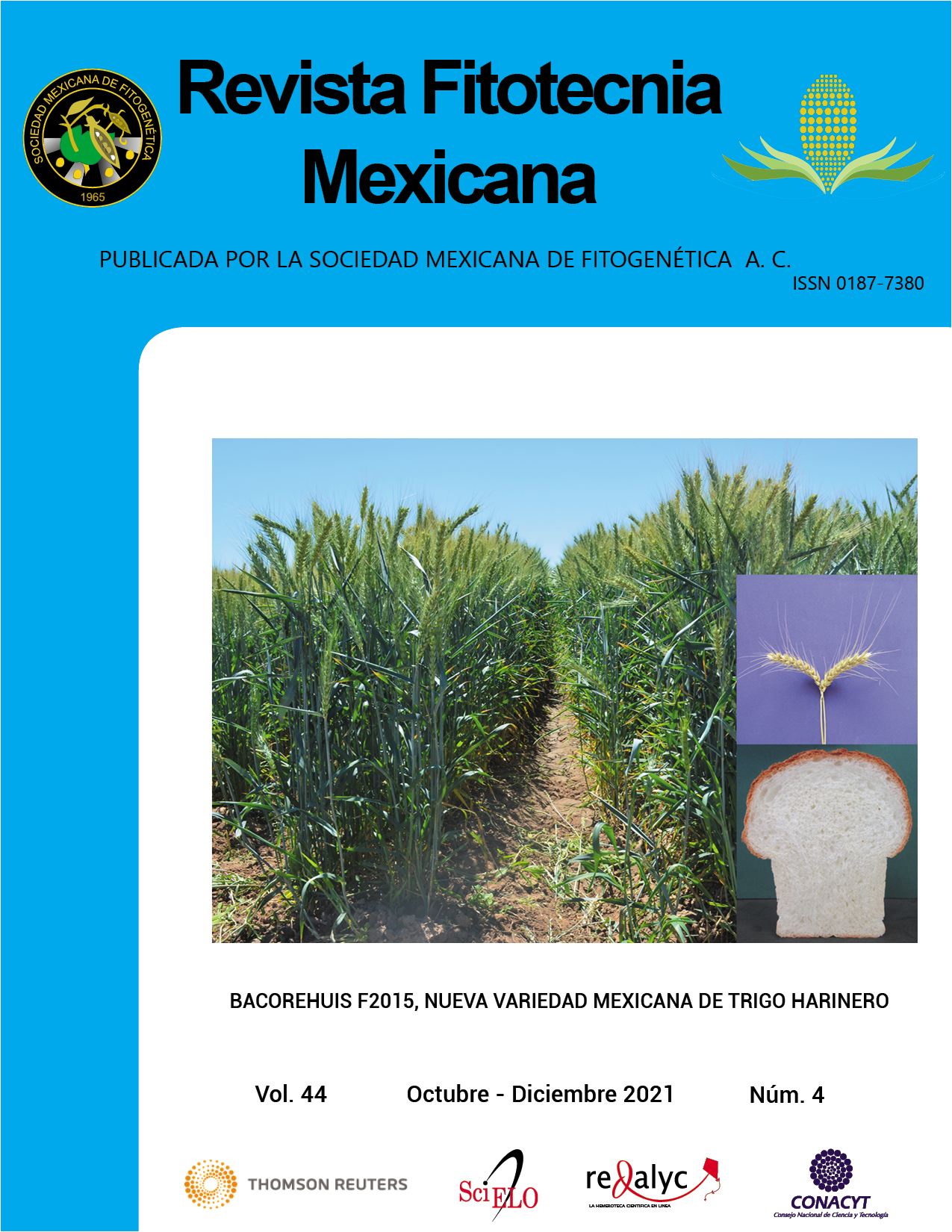LEAF GAS EXCHANGE OF NEW COCOA CLONES UNDER AN AGROFORESTRY SYSTEM IN ANTIOQUIA, COLOMBIA
Main Article Content
Abstract
relationship with the environmental conditions where it develops, which can be modified by the components of an agroforestry system. In order to compare gas exchange variables in cocoa (Theobroma cacao L.) clones TCS01, TCS06, TCS13, TCS19 and CCN51 planted in an agroforestry system with abarco trees (Cariniana pyriformis Miers), net photosynthesis (A), stomatal conductance (gs) and transpiration (E) were evaluated on a fully developed young cocoa leaf in six plants of each of the clones every hour from 08:00 to 17:00 hours (n = 5000) for five days. Areas under the curve (AUC) were estimated for each variable from the gas exchange data based on the sum of the fractionated trapezoidal areas. The AUC data were subjected to analysis of variance and the treatments were compared by the Tukey test (P ≤ 0.05). Clone TCS06 presented the highest accumulated net photosynthesis (A) with a value of 137,300 μmol CO2 m-2 day-1, surpassing clones TCS19 and TCS01. Maximum values of A = 6.6 μmol CO2 m2 s-1 (TCS06), gs = 0.12 mmol CO2 m-2 s-1 (CCN51) and E = 4.52 mmol H2O m-2 s-1 (CCN51) were found. Clones TCS06 and TCS01 stood out compared to TCS13, TCS19 and CCN51. Clone TCS06 presented the highest photosynthetic rate as a function of the daily integral of gas exchange compared to TCS19 and TCS13. CCN51 was the clone that required the highest photosynthetically active radiation to achieve maximum photosynthetic activity.

